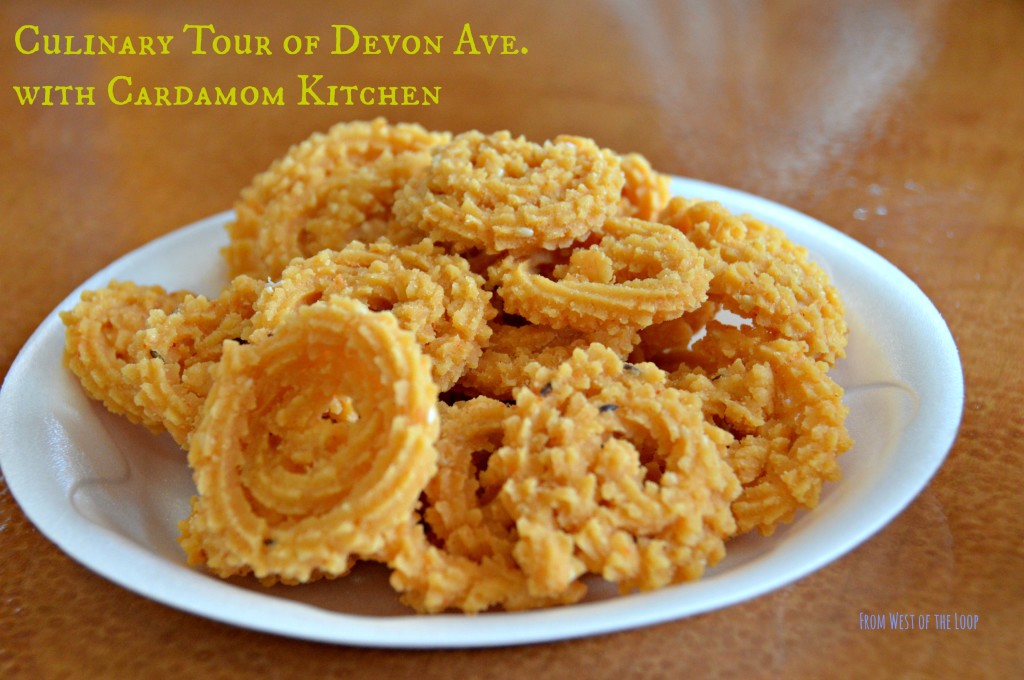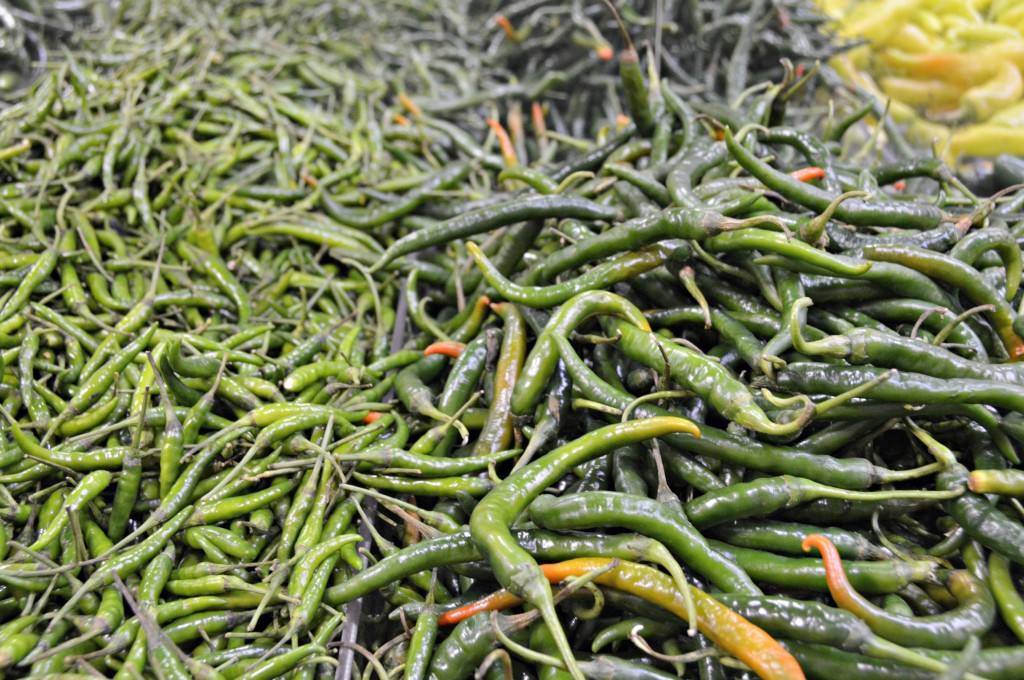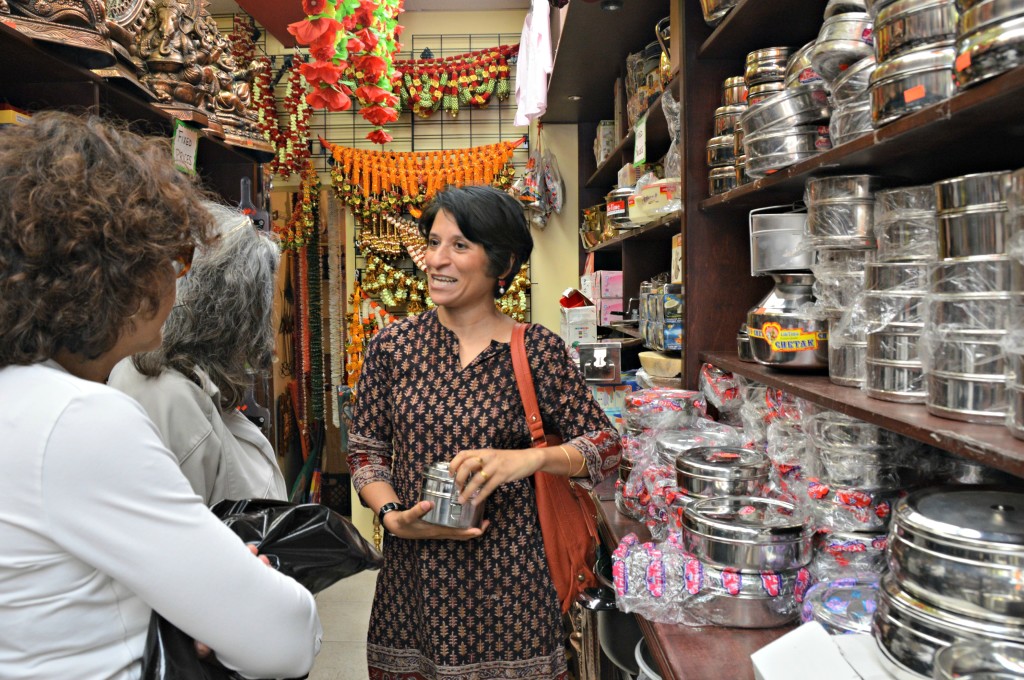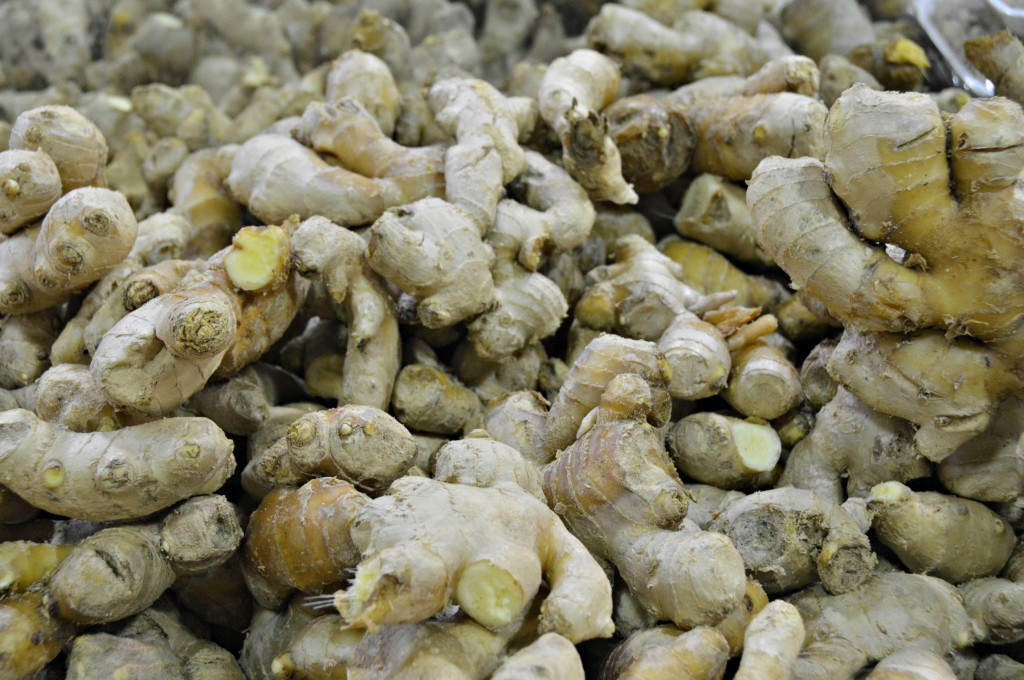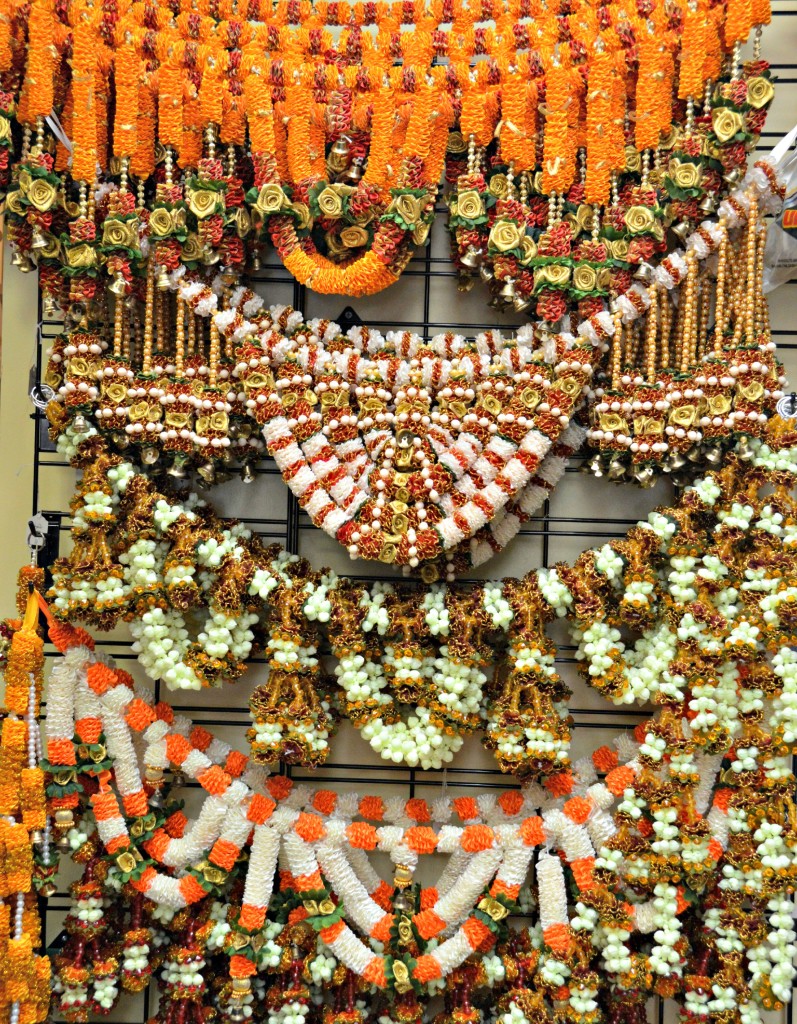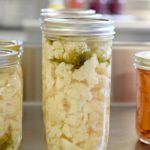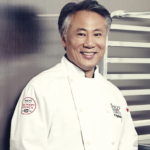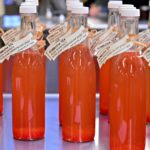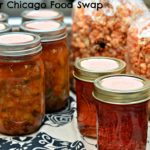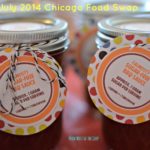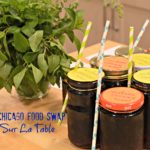Does your city have ethnic neighborhoods filled with markets, shops and restaurants where recent and not-so-recent immigrants can recreate a little of their homeland here in the United States? Most cities do. All over America there are Chinatowns, Koreatowns, Greektowns, Little Saigons, Little Odessas and Little Italies. Some of these neighborhoods long ago became tourist destinations, catering more to curious outsiders looking for an exotic, but not too exotic, restaurant meal than to homesick immigrants. But many remain true enclaves for ex-pats seeking community and a feeling of home.
In Chicago, many people know Devon Avenue, on the city’s far north side, as a bustling South Asian enclave lined with restaurants, food markets, and stores. Shop windows display brightly colored saris, elaborate jewelry and housewares. Restaurant signs proclaim vegetarian or Halal cuisine. As you walk down the street you hear multiple languages and see various kinds of traditional dress.
I have enjoyed coming to Devon for years to eat in the restaurants and shop in the markets for spices and other ingredients that are hard to find, or far more expensive, in regular grocery stores. I love Indian cuisine — mostly northern Indian cuisine, which is more familiar to Americans — and have always wanted to learn to make some of my favorite dishes at home. But I feel overwhelmed by the sheer number of the choices and unfamiliar foods in the Indian markets. After taking a Sri Lankan cooking class several years ago, I went to Patel Brothers, the largest South Asian grocery store on Devon Avenue, and indeed the whole city, to stock up on whole coriander seeds, cardamom pods, dal and curry leaves, most of which have been sitting in my pantry or freezer ever since.
My friend, culinary educator Susan Pachikara, knows that the shops and restaurants of Devon Avenue can be overwhelming and confusing to those of us who are not of South Asian descent. To that end, she has designed a culinary tour of Devon Avenue to empower curious cooks of all kinds to cook authentic South Asian dishes at home. These two-hour tours include stops at Patel Brothers, a produce market, and a handicrafts store and end with snacks and chai at a nearby sweet shop.
I attended Susan’s tour last Saturday and had a wonderful time. Susan began by explaining the differences between northern Indian cuisine — lots of breads and dairy — and southern Indian cuisine — more tropical, rice-based and coconut milk instead of cream. Susan’s family comes from Kerala, the spice capital of India. Susan spent a lot of time demystifying Indian spices and walked us through how to buy ingredients like cardamom, chiles, mustard seeds, turmeric, anchor powder — just dried powdered mango! — and asafetida. She also explained what to look for when buying Basmati rice, which comes from the foothills of the Himalayas. Susan recommends looking for imported rice, which is aged for several years to intensify the flavor, and likes the Royal brand.
In the handicrafts store, Susan showed us tiffins, which are traditional Indian lunchboxes, special serving plates for spices, diminutive rolling pins for making flatbreads and all kinds of decorative objects and garlands. I am still regretting not buying the tiny rolling pin for making chapatis! We ended the morning crunching on gluten-free snacks made from chick pea flour and sipping mugs of rich, sweet chai tea. Susan is happy to offer restaurant recommendations if anyone wants to stay for lunch after the tour. She pointed me to Udupi Palace for a traditional southern Indian meal of masala dosa.
Here are some of the fascinating things I learned about spices on Susan’s tour:
- There is no such thing as “curry powder” in Indian. There are, however, many different kinds of spice mixes, which are tailored to go with certain ingredients. One example is the mix of cardamom, cloves and cinnamon, a warm, sweet spice mix used with beef.
- Beef? Don’t Indians not eat beef? Many Indians are Hindu and Hindus do not eat beef for religious reasons. But in Kerala, where Susan’s family is from, there are many Christians and they do eat beef.
- Black pepper is India’s biggest contribution to world cuisine. Black pepper grows in a vine up a tree. The peppercorns are harvested in clusters when they are still green. The peppercorns themselves were traditionally removed with the feet and left in the sun to dry. The best kind of peppercorn is the Tellicherry.
- Whole spices have a longer shelf life than ground. But always use your senses. Smell your spices before using them. If they have lost their fragrance, replace them with new ones.
- Cardamom is the third most expensive spice after saffron and vanilla. It grows in the same climate as tea. It used to only grow in Kerala, but now most cardamom comes from Guatemala. Harvesting the pods is back-breaking work. The pods are picked when ripe and then dried in the sun. The flavor comes from the seeds. Crush the pods and remove the husks before using. There are two kinds of cardamom pods, green and black. The black are smoked and only used in savory dishes.
- Chiles are like salt: they enhance the flavors of the other ingredients in the dish. In Indian cooking, chiles are typically used to flavor oil.
- Turmeric is a root that resembles ginger. It can be used fresh or powdered and has many health benefits. Turmeric is used to aid digestion and as an anti-septic and has a prominent role in Ayuverdic healing.
If you are local and are interested in learning more about Indian cooking, I highly recommend taking one of Susan’s upcoming tours, or you can arrange a private tour for you and a group of friends. It is a delightful and informative way to spend a morning. Susan’s passion and knowledge for South Asian cuisine in its many forms will inspire you to get into the kitchen and started cooking. Her stories of her family and her trips to India make the tour a truly personal experience. You can also find Susan’s recipes on her blog Cardamom Kitchen.
